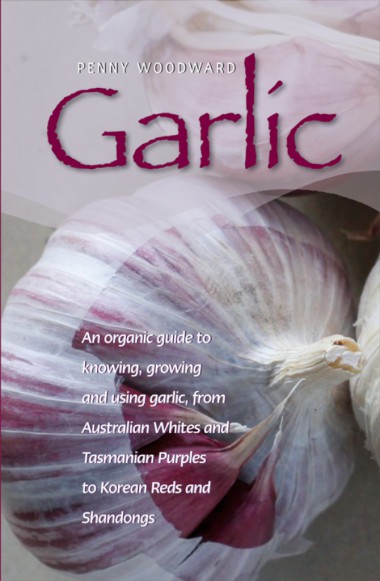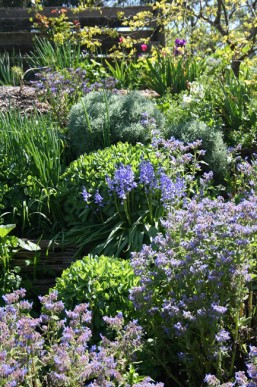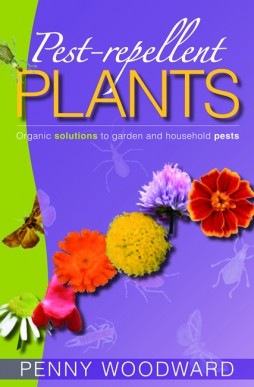An organic guide to knowing, growing and using garlic, from Australian Whites and Tasmanian Purples to Korean Reds and Shandongs.

I am thrilled to say that my new book has been released and is in bookshops and can be purchased online from my website shop . If you would like your copy signed to a specific person, then send me an email through the contact page. I’ll be talking about garlic and the book on radio over the coming weeks and there will be reviews in newspapers and magazines, so keep an eye out for them.
The book has taken me three years to write, but has been much longer in it’s gestation. It covers everything from more than 50 different cultivars of garlic, to
guidelines for growing organic garlic around the country as well as interviews with
twelve Australian garlic growers telling you how and where they grow their garlic.
There are also recipes for cooking, preserving and smoking garlic and even making your own black garlic as well as medicinal uses and an extensive list of growers and suppliers.
This book starts to make sense of the confusion surrounding garlic and explains that garlic is not just garlic, it is Creole, Rocambole, Purple Stripe, Turban, Silverskin and more.
These are a couple of short extracts from the book, starting with Garlic Thoughts Read more

Your garden should not only be beautiful to look at but also a dynamic, balanced haven for all creatures (and plants) big and small.
These a just a few short extracts from my book Pest-Repellent Plants
from Chapter 1 Pests plants and predators
I hope this book will encourage you to embark on a journey of discovery, a journey that will add a fascinating new dimension to your gardening experience. Start by closely observing your garden and its inhabitants.
Everything in your garden depends on the other garden occupants and interacts with them. From the lowliest worm, centipede and ant … beetles, caterpillars and bugs … to frogs, lizards and birds … and finally to you. Your observations will show you the complexity and fragility of your garden ecosystem and some of the astonishing relationships that exist between insects and plants. Forget about bombarding everything that moves with a cocktail of the latest pesticides.
Instead, experiment with growing various masking and insect-repellent plants as well as plants that attract predators into the garden. Gradually you will build up a complete ecosystem where plants, pests and predators live in balance and remedies are needed only when this balance is upset.
Read more

My new book has finally arrived on the bookshelves around Australia. This is the second edition of the book of the same title that sold more than 20,000 copies with three reprints. This edition is completely updated with new information and new photographs. It covers the philosophy of pest-repellent gardening, that the garden should be a haven for all creatures and plants, big and small, not a battle ground. That sprays that kill (even organic ones) should be a last resort. That gardeners need to concentrate on healthy soil and healthy plants, as well as a diversity of planting, including predator attracting plants. We also need to provide homes and food for frogs, birds, lizards and bats, all of which feed on pests. Then the book looks at masking, repelling and killing plants and their numerous uses. As well as other solutions such as traps, trickery, netting and barriers to keep pests away from our precious plants. And common household items that are organic and can also be used against pests: soap, molasses, coffee, bicarbonate of soda, copper, sulphur and even water, to name but a few. The final section looks at the pests.
I encourage you to spend time in your garden, get to know your insects, as not all insects are pests and only spray once you have tried all the other solutions. Ask your local library to get a copy, buy the book from your local bookshop or buy it online in our store. Pest-Repellent Plants



